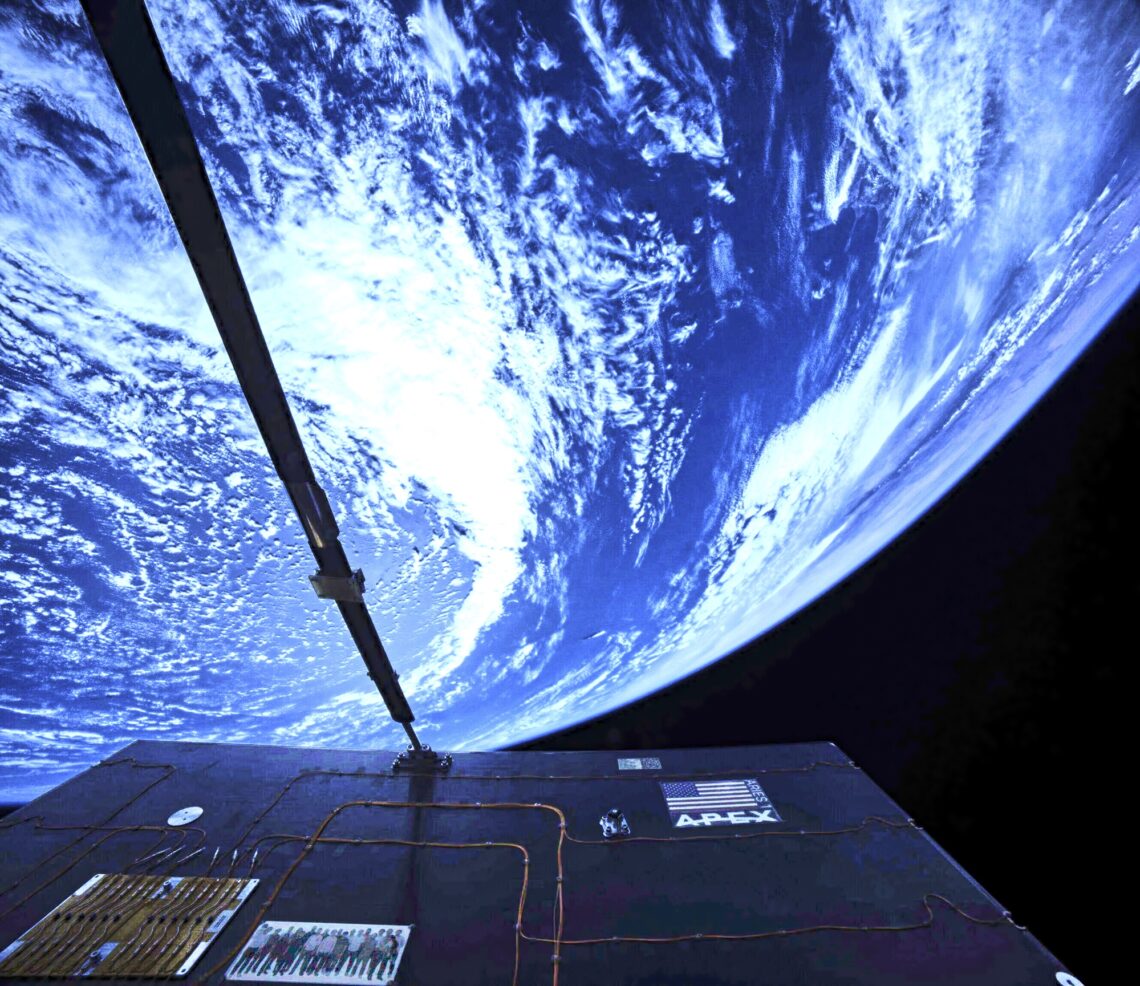WASHINGTON — Several companies that launched their first spacecraft on a rideshare mission earlier this month are reporting varying degrees of success, from full operations to an early end of testing.
Apex, a satellite manufacturer that launches its first Aries spacecraft on SpaceX’s Transporter-10 mission March 4, announced March 25 that the satellite has commissioned its first payload, a camera that took a “selfie” of the spacecraft with the Earth in the background.
Being able to take and transmit the image, the company said in a statement, demonstrated the end-to-end performance of the spacecraft, from power to communications. The company previously said it was able to make contact with the spacecraft shortly after its deployment and confirm key systems are working well.
“This selfie demonstrates that all our satellite’s subsystems are working well both individually and together,” Ian Cinnamon, chief executive of Apex, said in a statement. “Space is not easy, and I continue to be impressed by our world-class team for pulling this off on a record time frame.”
The Aries satellite is flying a mission called “Call to Adventure” carrying payloads for several unnamed customers. Cinnamon said in an interview shortly after launch that those customers included three “major defense primes,” among others, flying payloads that range from communications to edge computing to space domain awareness.
“Commissioning our first payload was a major milestone for our team, showing that we have successfully completed a full mission scope,” Max Benassi, chief technology officer of Apex, said in the statement. “We look forward to finishing bus-level commissioning before we help our customers achieve what they need from their payloads.”
Apex said it expected to turn over access to those payloads to its customers in the “coming days” after completing final commissioning of the spacecraft’s guidance, navigation and…
Read the full article here

